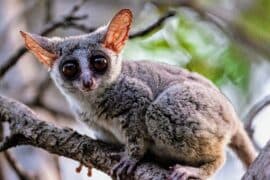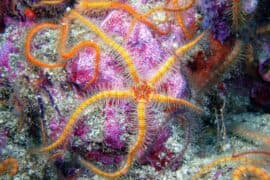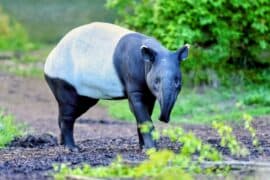Polynesian rat
(Rattus exulans)

Description
The Polynesian rat, Pacific rat or little rat (Rattus exulans), known to the Māori as kiore, is the third most widespread species of rat in the world behind the brown rat and black rat. The Polynesian rat originated in Southeast Asia, and like its relatives, has become widespread, migrating to most of Polynesia, including New Zealand, Easter Island, and Hawaii. It shares high adaptability with other rat species extending to many environments, from grasslands to forests. It is also closely associated with humans, who provide easy access to food. It has become a major pest in most areas of its distribution. The Polynesian rat is similar in appearance to other rats, such as the black rat and the brown rat. It has large, round ears, a pointed snout, black/brown hair with a lighter belly, and comparatively small feet. It has a thin, long body, reaching up to 6 in (15 cm) in length from the nose to the base of the tail, making it slightly smaller than other human-associated rats. Where it exists on smaller islands, it tends to be smaller still 4.5 in (11 cm). It is commonly distinguished by a dark upper edge of the hind foot near the ankle; the rest of its foot is pale. The Polynesian rat is widespread throughout the Pacific and Southeast Asia. Mitochondrial DNA analysis suggests that the species originated on the island of Flores. The IUCN Red List considers it native to Bangladesh, all of mainland Southeast Asia, and Indonesia, but introduced to all of its Pacific range (including the island of New Guinea), the Philippines, Brunei, and Singapore, and of uncertain origin in Taiwan. It cannot swim over long distances, so is considered to be a significant marker of the human migrations across the Pacific, as the Polynesians accidentally or deliberately introduced it to the islands they settled. The species has been implicated in many of the extinctions that occurred in the Pacific amongst the native birds and insects; these species had evolved in the absence of mammals and were unable to cope with the predation pressures posed by the rat. This rat also may have played a role in the complete deforestation of Easter Island by eating the nuts of the local palm tree, thus preventing regrowth of the forest.
Taxonomic tree:







